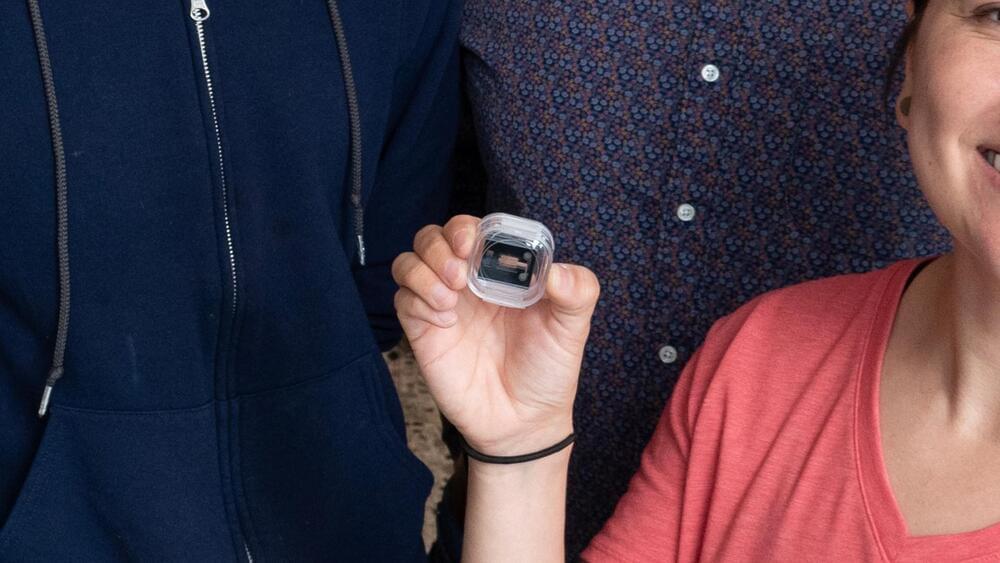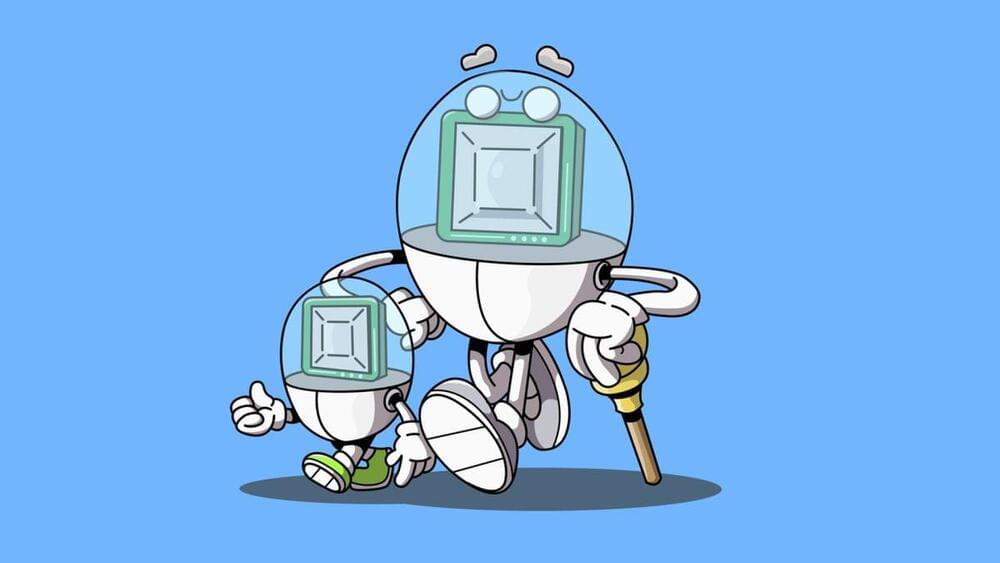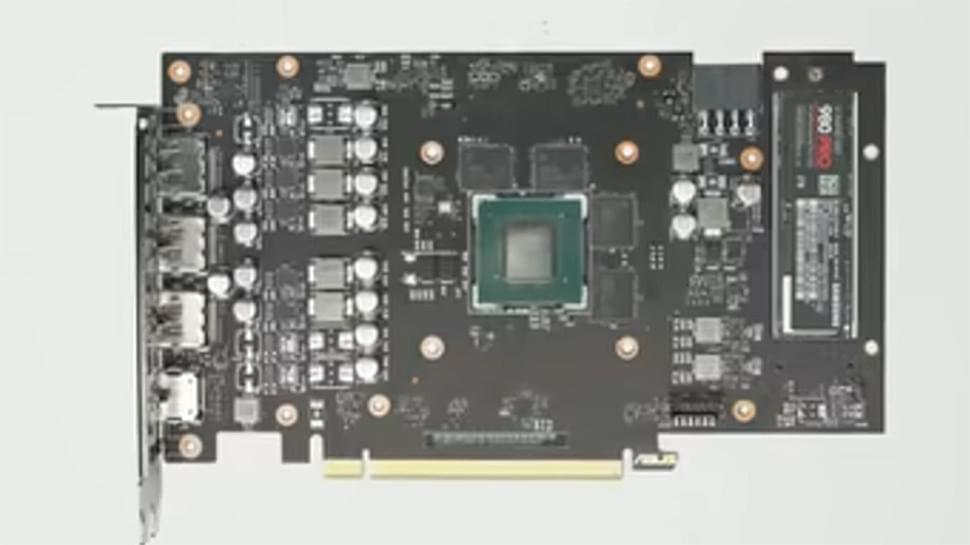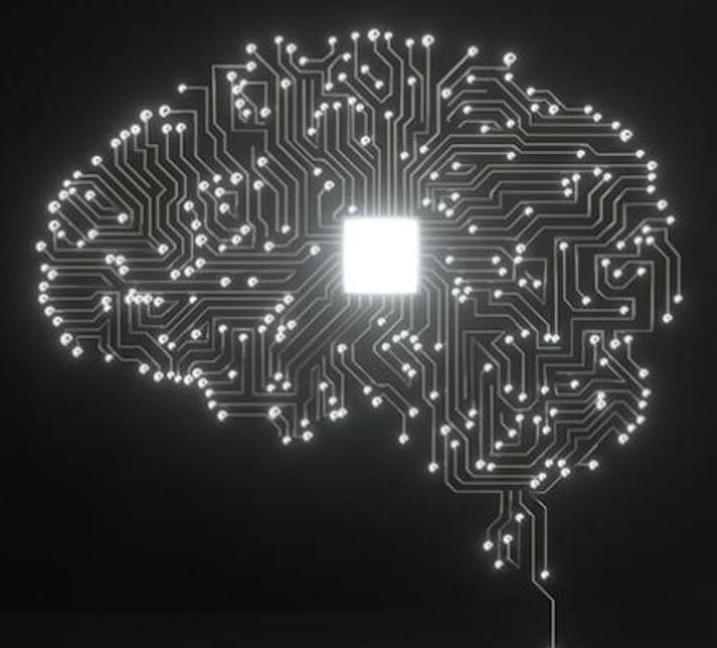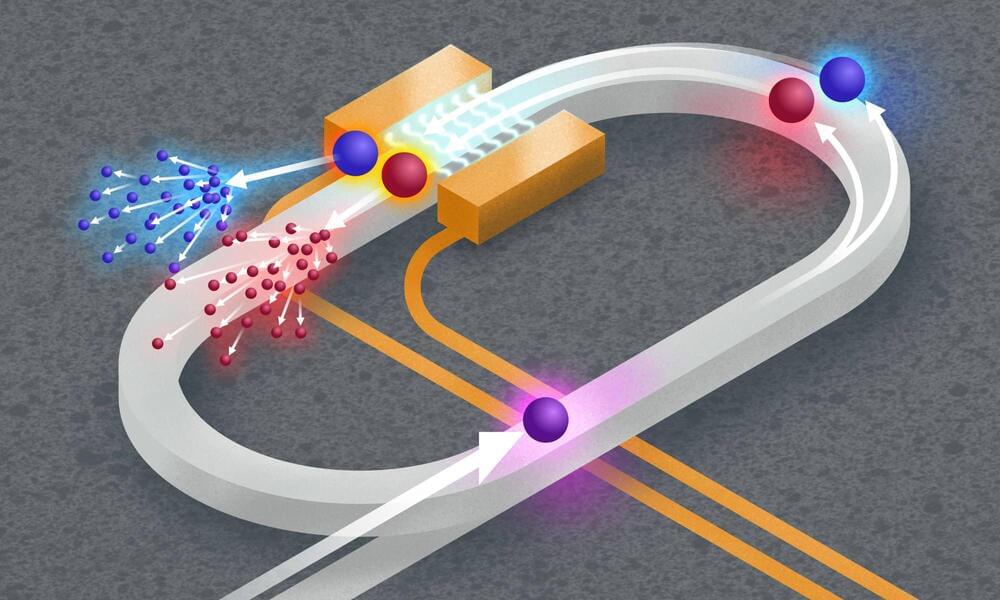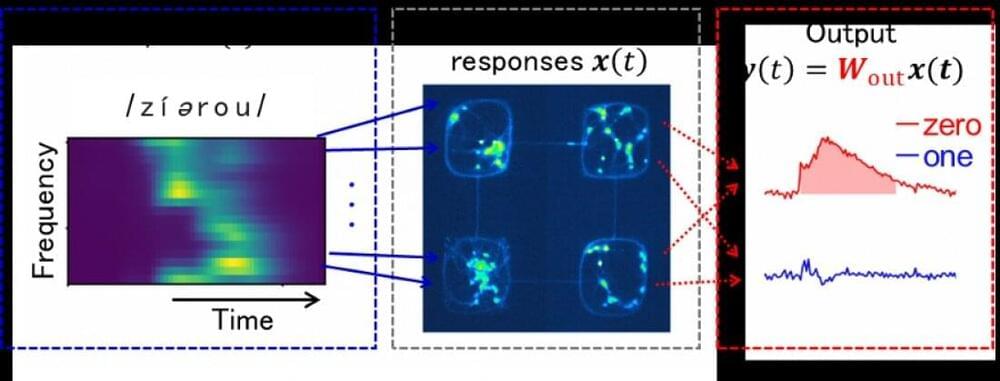A team led by Academician Prof. Guangcan Guo from the Chinese Academy of Sciences (CAS) provides a comprehensive overview of the progress achieved in the field of quantum teleportation. The team, which includes Prof. Xiaomin Hu, Prof. Yu Guo, Prof. Biheng Liu, and Prof. Chuanfeng Li from the University of Science and Technology of China (USTC), CAS, was invited to publish a review paper on quantum teleportation in the peer-reviewed scientific journal Nature Review Physics. The paper was officially released online on May 24.
As one of the most important protocols in the field of quantum information, quantum teleportation has attracted great attention since it was proposed in 1993. Through entanglement distribution and Bell-state measurement, quantum teleportation enables the nonlocal transmission of an unknown quantum state, which has deepened the understanding of quantum entanglement. More importantly, quantum teleportation can effectively overcome the distance limitation of direct transmission of quantum states in quantum communication, as well as realize long-range interactions between different quantum bits in quantum computing.
Performing computation using quantum-mechanical phenomena such as superposition and entanglement.
